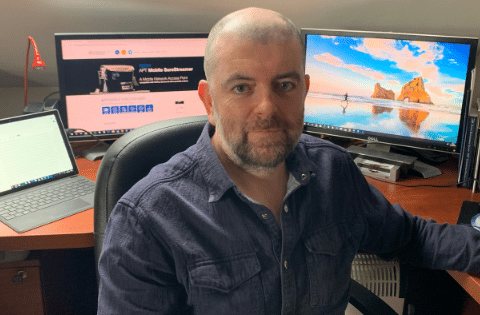- Gamme APT
- Logiciels Audio/MPX over IP
- MPX sur IP
- Audio sur IP
- Sécurisation des liens IP
- Transport IP synchronisé
- Gamme Ecreso
- Emetteurs FM - AiO Series
- Emetteurs FM
- Fonctionnalités intégrées
- Contrôle des permutateurs RF
- Gamme AUDEMAT
- Encodage RDS
- Surveillance des signaux (QoS/QoE)
- Test & Mesure
- Contrôle des infrastructures et télémétrie
- KYBIO Media
- Monitoring & Control Software


